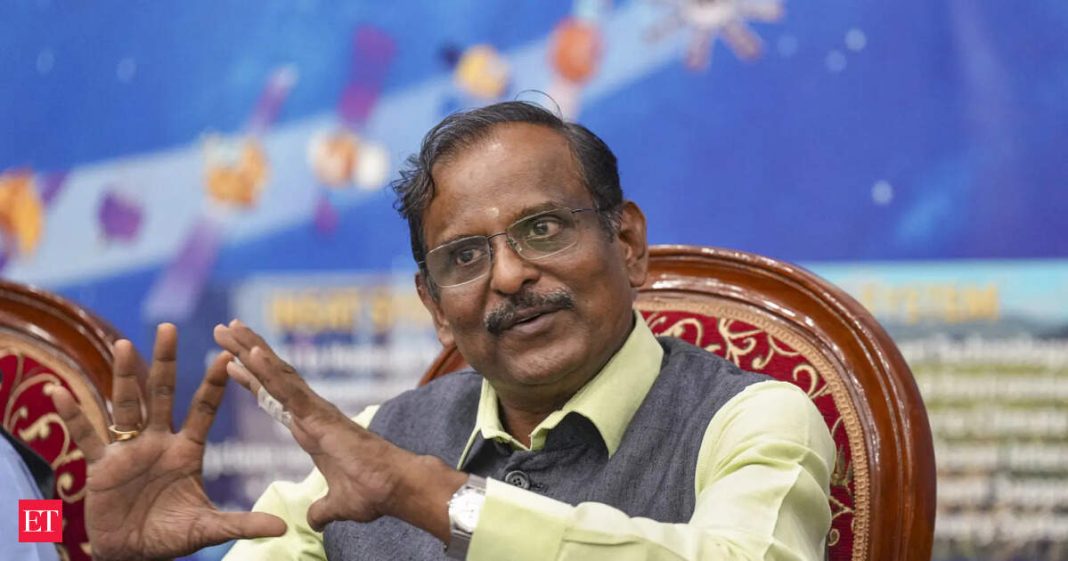ISRO Announces Major Satellite Launches and Future Missions
ISRO Chairman V Narayanan has revealed plans for two major LVM-3 rocket launches before year-end, including the CMS-03 satellite in November and the private US communications satellite BlueBird-6.
Key Takeaways
- CMS-03 satellite launch scheduled for November 2
- BlueBird-6, one of heaviest commercial satellites, to launch by December
- Gaganyaan human spaceflight mission 90% complete
- Indian space station planned by 2035, first module by 2028
Upcoming Satellite Launches
The Indian Space Research Organisation will launch its heavy-lift LVM-3 rocket twice in the coming months. The CMS-03 satellite (also known as GSAT7-R) is scheduled for launch on November 2, while the 6.5-tonne BlueBird-6 satellite from a US firm will follow by year-end.
“Next month beginning, we are going to have the LVM3-M5 lift off to place a CMS-03 satellite,” Narayanan confirmed at a press conference.
Regarding the BlueBird-6 mission, he stated: “We have received the satellite and are working for the launch, and the launch vehicle build-up is going on.” The satellite arrived in India from the United States on October 19.
Current Mission Status
The NASA-ISRO Synthetic Aperture Radar (NISAR) satellite, launched on July 30, is currently in calibration and will become operational within 10-15 days. “The satellite is healthy and both the payloads are working well,” Narayanan added.
Major Future Projects
Gaganyaan Mission: India’s first human spaceflight program is 90% complete and targeted for accomplishment by 2027.
Chandrayaan-4: The lunar sample return mission is currently in design phase. The ambitious project involves bringing back moon rocks and soil to Earth after soft landing, launching from the moon, space docking in lunar orbit, and sample return.
Bharatiya Antariksh Station: India’s own space station is planned by 2035, with the first module receiving project approval and scheduled for orbit by 2028.
Navigation and Satellite Systems
The NavIC navigation constellation will be completed within 18 months with three new satellites. “We have four satellites and are building three more satellites. Yes, there were setbacks, but we’re working on it,” Narayanan said.
Regarding the NVS-02 satellite technical glitch, he explained: “The satellite has gone to the elliptical orbit and we could not take it to circular orbit because of a valve malfunction.” A failure analysis committee has completed its investigation and will submit recommendations to the government.
Expanding Space Capabilities
India currently has 56 satellites in orbit serving the nation, with plans to triple this number within 3-4 years. The next generation launcher development is underway, with capability targets of 75,000-80,000 kg mass lift-off for crewed lunar missions.
Narayanan highlighted India’s growing global presence: “Till today, around 433 satellites from 34 countries have been accomplished. Out of that, almost 95 satellites were accomplished during the last ten years.”
He emphasized this represents “exponential growth of the space sector,” noting that 95% of foreign satellite launches occurred in the last decade despite the program starting in 1980.




